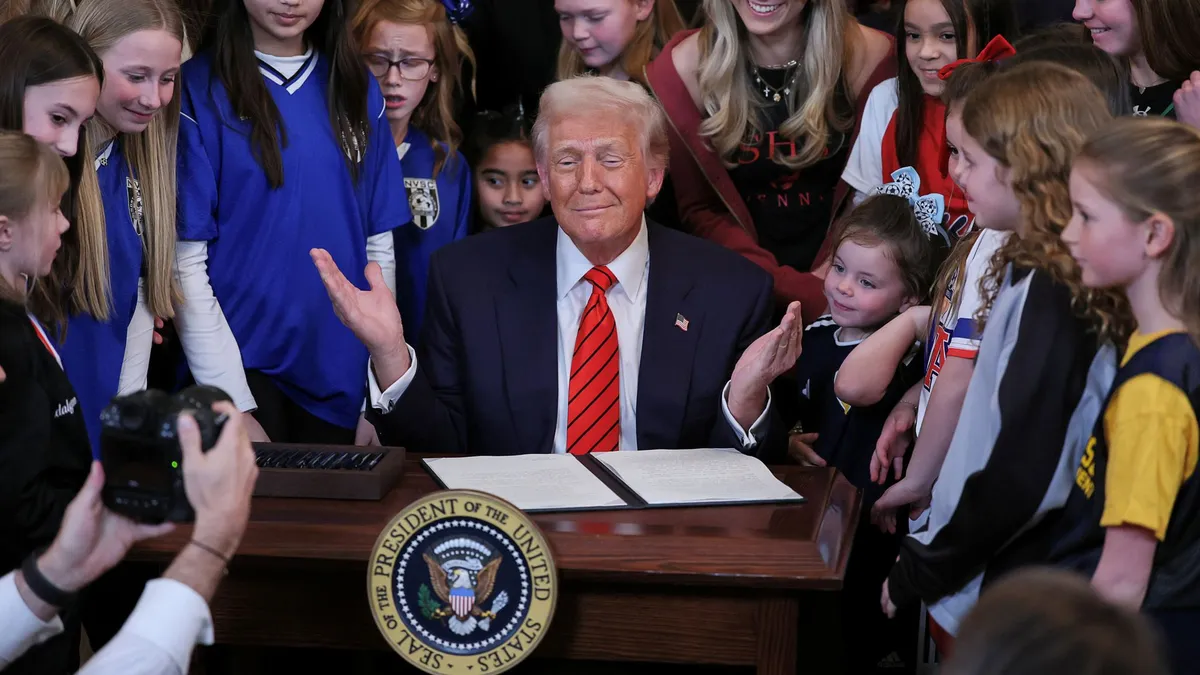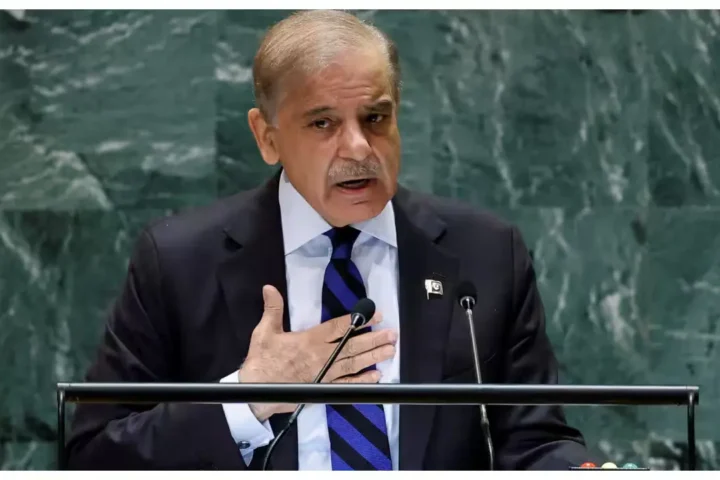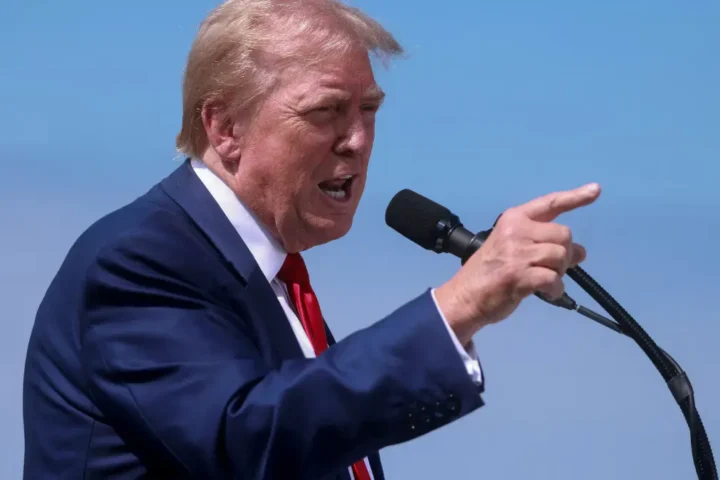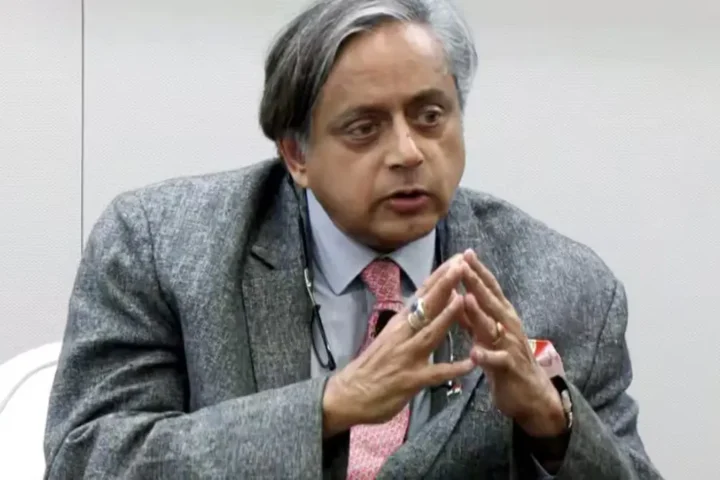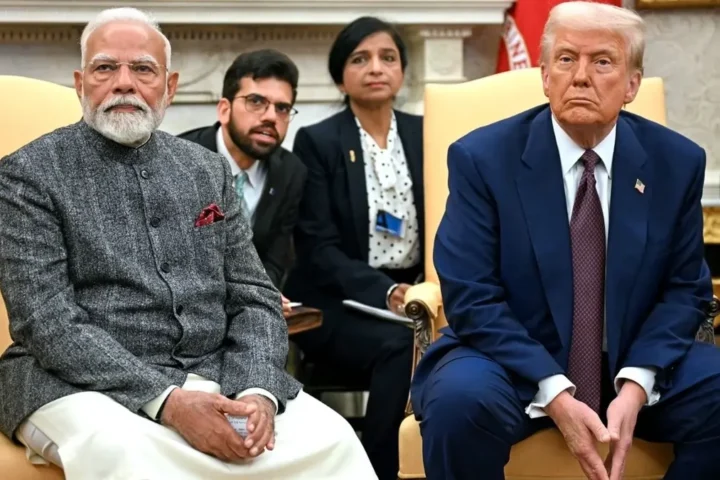The debate over transgender athletes in women’s sports has heated up. Donald Trump calling for a ban on transgender women competing in female sports. This stance has sparked intense reactions, raising key questions about fairness, inclusion, and equality. What drives this ban, and what are the facts behind it?
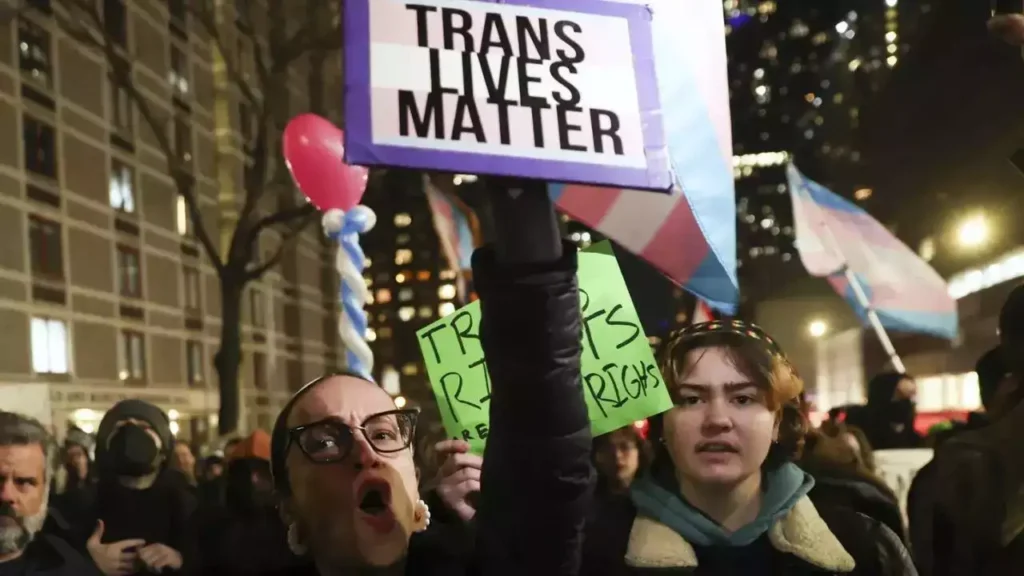
Why Trump Wants to Ban Transgender Athletes
At the core of Trump’s opposition to transgender athletes in women’s sports is the argument for fairness. He believes that transgender women, who are biologically male but identify as female, retain physical advantages over cisgender women, even after undergoing hormone replacement therapy (HRT).
These advantages, according to Trump, include differences in muscle mass, bone density, and overall strength traits that could provide an unfair edge in competitive sports.
The Data Behind Transgender Participation in Women’s Sports
While the debate is heated, it’s essential to look at the data regarding the actual number of transgender athletes competing in women’s sports. The figures reveal that the number of transgender women in female athletic categories is relatively small. Despite the widespread attention the issue receives.
- Collegiate Sports: In collegiate sports, fewer than 10 transgender women compete in NCAA’s pool of 500,000 student-athletes. Similarly, the National Association of Intercollegiate Athletics (NAIA) reports fewer than 40 transgender athletes out of 83,000. This highlights how small the presence of transgender athletes is in the broader collegiate sports landscape.
- High School Sports: At the high school level, data on transgender participation is harder to pin down. Surveys indicate that around 5% of high school students participate in sports aligned with their gender identity. According to the Gay, Lesbian and Straight Education Network (GLSEN).
Despite the small numbers, the presence of transgender athletes in women’s sports has become a focal point of intense debate, with critics and supporters on either side of the argument.
Public Opinion: Divided Views on Fairness
Trump’s call for a ban reflects broader conservative views that see transgender women in women’s sports as a fairness issue. A 2023 Gallup poll showed 69% of Americans oppose allowing transgender women to compete, highlighting concerns about competitive equity.
This opposition is echoed internationally, with similar sentiments in Australia and Canada, where polls also show significant resistance to transgender athletes competing in female sports. These findings suggest a global divide over how to handle transgender inclusion in sports.
However, there’s also a strong counter-narrative advocating for transgender rights. Many critics argue that banning transgender athletes is discriminatory and undermines the principles of inclusion.
Legal and Social Implications
The legal landscape surrounding transgender athletes is complex, with several U.S. states already enacting laws that restrict transgender women from participating in women’s sports. For instance, states like Florida and Texas have passed legislation banning transgender athletes from competing in K-12 and collegiate sports. Trump’s stance strongly aligns with these state-level initiatives, pushing for similar bans at a federal level.
However, this has sparked legal challenges, with opponents arguing that such laws violate transgender people’s rights. As the issue makes its way through the courts, the ultimate outcome will likely set significant precedents for how transgender athletes are treated in the future.
Interesting Read
Conclusion: A Polarizing Issue with No Easy Answers
The debate over transgender athletes in women’s sports is far from settled. While Trump’s position reflects the concerns of a significant portion of the population, the opposing view championing the rights and inclusion of transgender athletes remains equally vocal. The data shows that the number of transgender athletes is small, yet the debate surrounding their participation in women’s sports has become a microcosm of the broader cultural and political divide in society.

